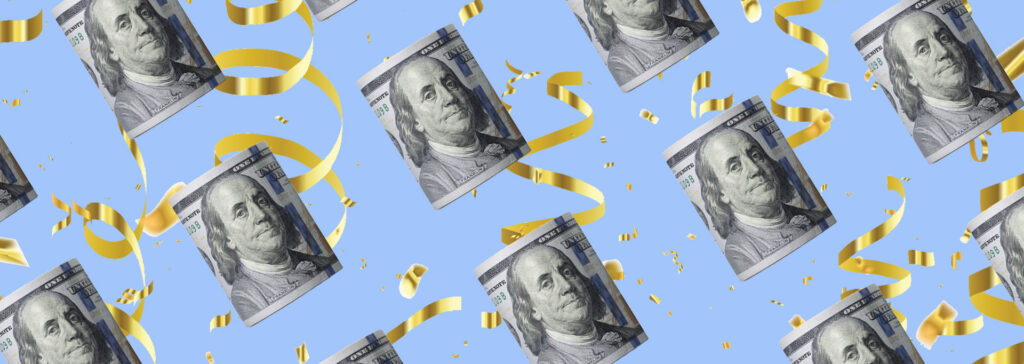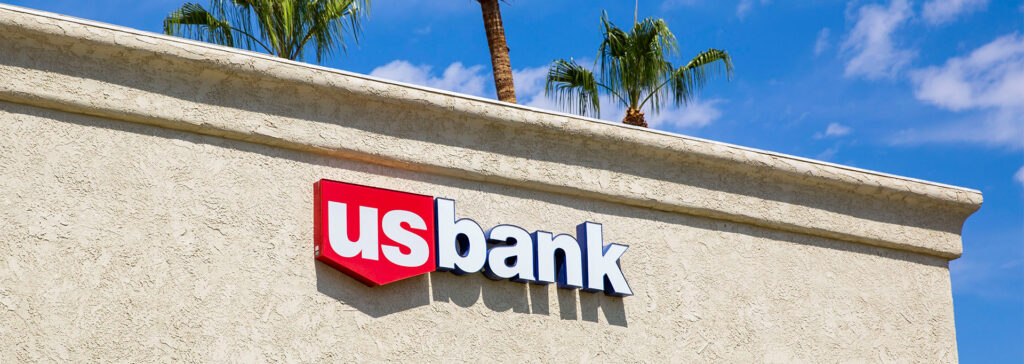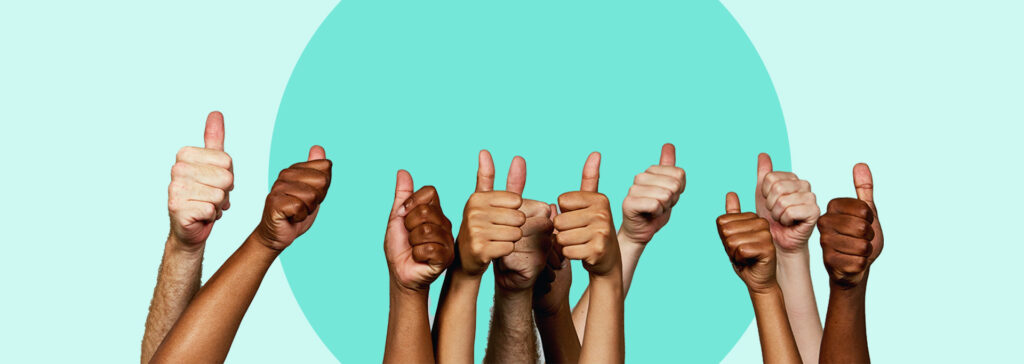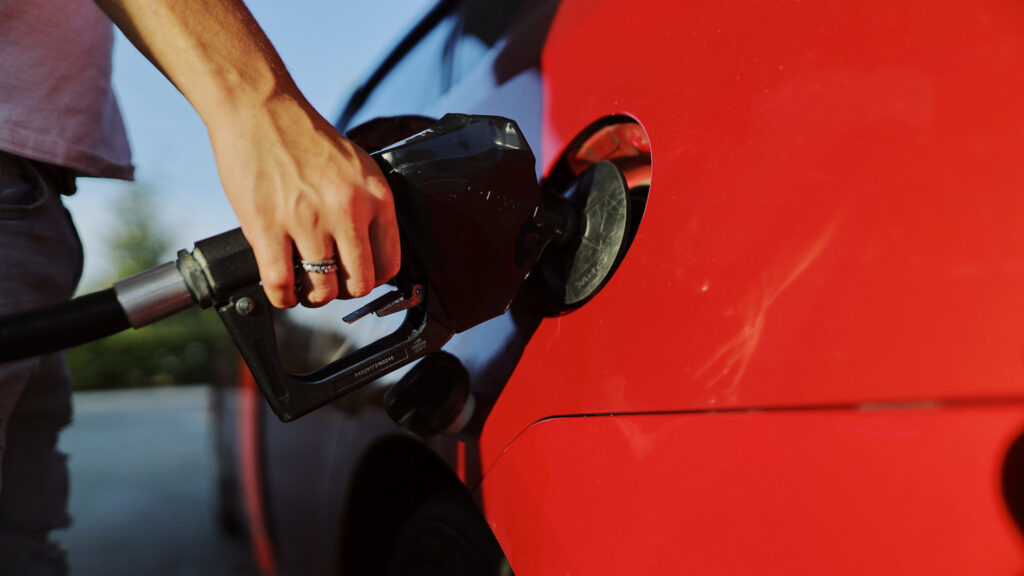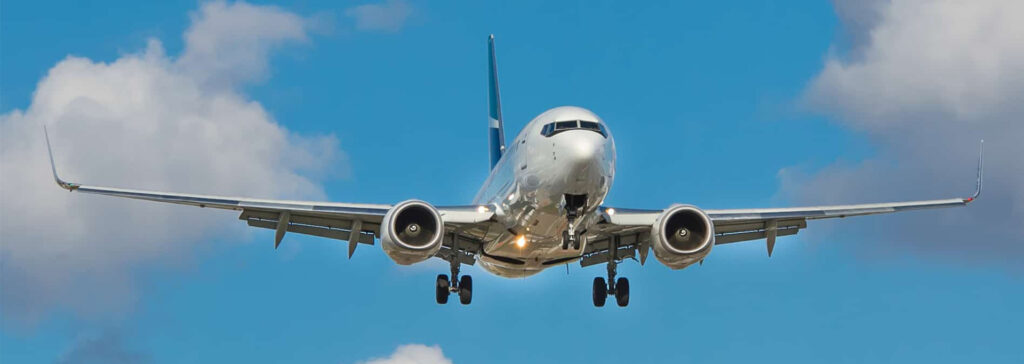Most products on this page are from partners who may compensate us. This may influence which products we write about and where and how they appear on the page. However, opinions expressed here are the author's alone, not those of any bank, credit card issuer, airline or hotel chain. Non-Monetized. The information related to Chase credit cards was collected by Slickdeals and has not been reviewed or provided by the issuer of these products. Product details may vary. Please see issuer website for current information. Slickdeals does not receive commission for these products/cards.
The annual inflation rate has risen to around 7% for the last couple of years since 2021, peaking at just over 9% in mid-2022. The Consumer Price Index (CPI), which is the monthly inflation rate for services and goods in the U.S., shows that food and energy top the list of items most affected by inflation. Adding to the financial pinch, the cost of other daily necessities has also been impacted, causing Americans to pay substantially more for everyday goods.
To help consumers, Congress passed 2022 Inflation Reduction Act to address these concerns. But how does it affect the average taxpayer, and how can you benefit from the act’s provisions? This article will review key takeaways and walk you through how to qualify and claim these benefits.
What Is the 2022 Inflation Reduction Act?
President Biden signed the 2022 Inflation Reduction Act into law on August 16, 2022. It's a sweeping law aimed at:
- Extending the Affordable Care Act
- Funding the IRS for enhanced tax enforcement
- Making healthcare and prescription medication more affordable
- Taxing wealthy businesses and ultra-wealthy individuals
- Promoting energy initiatives to fight climate change
What are the benefits to the average individual taxpayer? Here's a quick look:
- It offers taxpayers credits and incentives. Taxpayers can qualify for tax credits based on certain home improvements and purchases through their tax filings. Additionally, spending incentives will encourage consumers to spend on energy-efficient home improvements and clean transportation that were previously less affordable.
- It reduces inflation. Certain provisions in the act were designed to reduce the annual inflation rate in many ways:
- It targets rising prices.
- It works to reduce the federal deficit and provide funding for the IRS.
- It promotes local production, especially in the energy sector.
- It puts price caps on prescription pharmaceuticals under Medicare.
- It lowers healthcare costs. Through subsidies, the Act attempts to lower health insurance premiums and provide the possibility of a tax credit when you file.
Ways to Qualify for the 2022 Inflation Reduction Act Tax Credits
There are a variety of ways for individuals to qualify for the 2022 Inflation Reduction Act credits.
Individuals can qualify for the Inflation Reduction Act credits if:
- You made qualifying energy-efficient home improvements to your primary residence
- You made a qualifying clean vehicle purchase.
Businesses can likewise qualify for the Inflation Reduction Act credits through energy-efficient upgrades or clean vehicle investments.
We review each credit in detail below.
1. Purchase a Qualifying New Clean Vehicle
Those who purchase a new electric vehicle (EV) or fuel cell vehicle (FCV) during 2023 or succeeding years may qualify for a clean vehicle tax credit. To qualify, your purchase and income must meet the following criteria:
- The vehicle must be for personal use and not for resale.
- The vehicle must primarily be used within the U.S.
- The vehicle must have a battery capacity of at least seven kilowatt hours (kWh), a gross weight rating under 14,000 pounds, and undergo final assembly in North America.
- The manufacturer suggested retail price (MSRP) cannot be more than $80,000 for vans, sport utility vehicles, and pickup trucks, and $55,000 for all other automobiles.
- Your adjusted gross income (AGI) cannot be more than $150,000 for those filing as single, $225,000 for those filing as heads of households, and $300,000 for married couples filing jointly.
If you purchased a new EV in 2022 or before, you may still be able to claim a tax credit. The credit is $2,917 for a vehicle with a battery capacity of at least five (kWh), plus $417 for each additional kWh. However, the credit cannot exceed $7,500. The criteria are as follows:
- The vehicle must be for personal use and not for resale.
- The vehicle must primarily be used within the U.S.
- The vehicle must come with an external charging source and a gross weight rating under 14,000 pounds.
- The manufacturer must be a company who has sold less than 200,000 EVs in the U.S.
2. Purchase a Qualifying Used Clean Vehicle
Starting in 2023, taxpayers who purchase a qualified used EV or FCV from a licensed dealer for less than $25,000 may qualify for a used clean vehicle tax credit of 30% of the sale price. However, the credit cannot exceed $4,000. To qualify, your purchase and income must meet the following criteria:
- The vehicle must be for personal use and not for resale.
- The vehicle must primarily be used within the U.S.
- The vehicle model must be at least two years older than the calendar year when you purchased it.
- The vehicle must not have been sold or transferred after August 16, 2022.
- The vehicle must have a battery capacity of at least seven kilowatt hours (kWh) and a gross weight rating under 14,000 pounds.
- You cannot be the original owner.
- You cannot be listed as a dependent on someone else’s tax return.
- You cannot have claimed a used clean vehicle tax credit within the previous three years from the purchase date.
- Your adjusted gross income (AGI) cannot be more than $75,000 for those filing as single, $112,500 for those filing as heads of households, and $150,000 for married couples filing jointly.
 Related Article
Related Article
9 Best and Cheapest Online Tax Services
3. Make Clean Energy Upgrades in Your Home
Residential Clean Energy Credit
If you made energy-saving home improvements in 2022, you might qualify for a tax credit. The term 'home' can refer to any primary residence where you lived in 2022, be it a condominium, cooperative apartment, house, houseboat, mobile home, or a qualifying manufactured home. The Residential Clean Energy Credit applies to energy-saving technologies installed as systems or system components. Some qualifying improvements are:
- Solar electric systems
- Solar heating systems
- Small wind energy systems
- Geothermal heat pumps
- Biomass fuel systems
- Fuel cell systems
You can claim a credit of 30% of the costs of preparation, assembly, and installation on most of these, except fuel cell systems. The claim is limited to a rate of $500 per half-kilowatt capacity.
Energy-Efficient Home Improvement Credit
In addition to the Residential Clean Energy Credit, taxpayers making energy-efficient home improvements during 2022 and beyond can qualify for additional credit. The Energy Efficient Home Improvement Credit differs slightly from the Residential Clean Energy Credit. It refers to credit for energy-efficient repairs and upgrades to the home itself, such as installing low-E windows and doors or HVAC systems.
For the 2022 tax year, the old credits will apply:
- Claim 10% of the total amount paid to upgrade qualifying energy efficiency improvements
- Lifetime limit of $500 on credit amount per taxpayer ($200 for windows)
- Annual limits:
- $300 for single energy property item
- $150 for qualified natural gas, propane or oil furnace, hot water boiler
- $50 for advanced main air circulating fans
But beginning in 2023, taxpayers can benefit from extended credits:
- Claim 30% of costs of eligible energy-efficient home improvements made during the year
- $1,200 annual limit on credit amount for most taxpayers
- $600 for single energy property item
- $150 for energy audits
- $600 on windows
- $500 for exterior doors in total, $250 per exterior door
- $2,000 for electric/natural gas heat pumps, water heaters, and biomass stoves/boilers
- No lifetime limit
Since there are varying annual limits for specific types of modifications or improvements, check with a tax professional to ensure your upgrades will qualify.
How to Claim the 2022 Inflation Reduction Act Tax Credits
You can claim the tax credits when you file your tax return by adding the applicable forms.
Credits for New and Used EVs and FCVs
At the time of purchase, the seller must submit your name and TIN to the IRS in their report, or else you will not be able to claim the credit. Fill out Form 8936 and attach it to your tax return filings. The form contains instructions, and you can also get in-depth instructions and requirements on the applicable IRS help document.
Credits for Energy-Efficient Home Improvement
The form for any energy-saving home improvements is Form 8908. The IRS has additional instructions for reference.
For residential clean energy credits, use Form 5695. You can find additional instructions and a breakdown of the requirements on the IRS help page.
Always Consult a Tax Professional
The 2022 Inflation Reduction Act is new and relatively complex, but provides a slew of new tax advantages for individuals in the upcoming tax year. Consult with tax professionals to address any other benefits, including the existing tax credits under the Affordable Care Act (ACA) that were set to expire in 2022 but have been extended.
Frequently Asked Questions
-
Yes, heat pumps are included as property qualifying for a Residential Clean Energy Credit of 30% of the cost of onsite preparation, assembly, and installation, provided they meet the criteria of the Energy Star program at the time of purchase.
-
Yes, you can claim 10% of the costs for installing energy efficiency improvements during 2022. In addition, components designed to improve the function and efficiency of HVAC systems, such as low-E windows and doors or additional insulation, can qualify for this credit.
-
No, according to the IRS, you cannot deduct home repairs. However, some home repairs can qualify you for a tax credit. For example, energy-saving improvements made in 2022 might qualify for a tax credit. You can claim up to 30% of the installation costs for energy-efficient technologies and 10% for energy-efficient upgrades or repairs in 2022.



